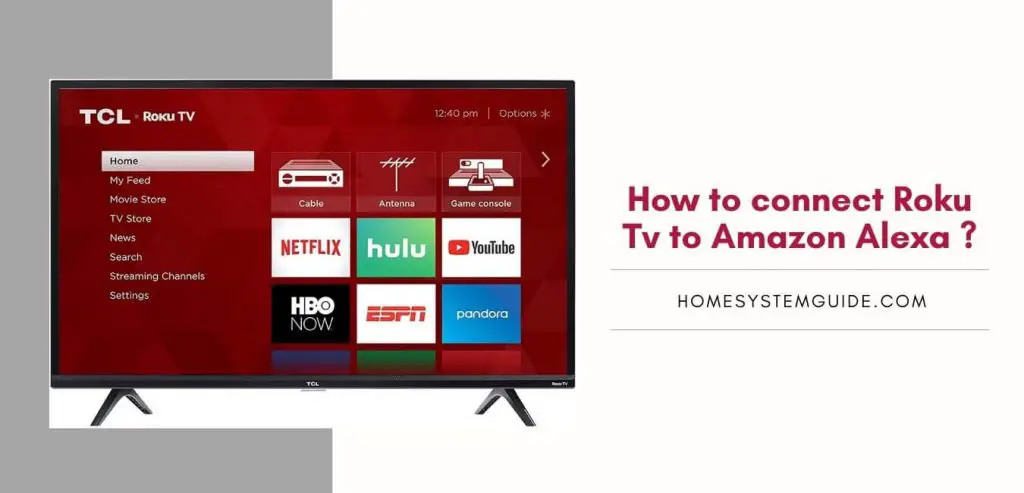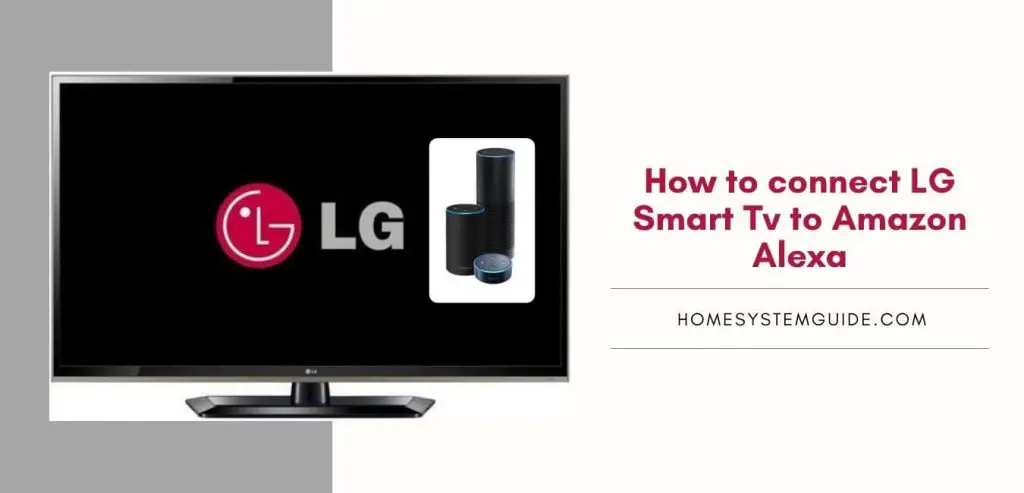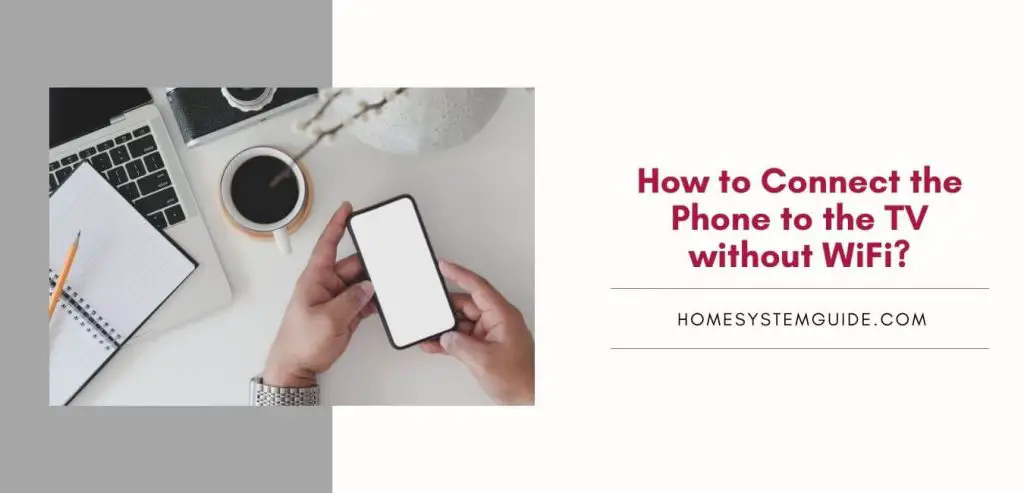You’ve undoubtedly run across words like broadband, fiber, and dial-up while searching for the finest internet deals for your house or company. This may have added to your confusion and made you unsure about what to choose or how to go.
To start with, all of these are different types of broadband connections except Dial-up connections. While Broadband is generally used for cable or fixed-line broadband, all of the above are broadband in a true sense. You will understand this more in the latter part of this article.
In this Guide, I’ll explain what these phrases mean and what the best alternative for you is in plain English. So, let’s get started!
So, at a broad level, there are two types of internet connection. They are Broadband and Dial-up.
Dial-up Internet Connection
Dial-up Internet Service is the older way to connect to the internet. This pioneer of the internet today used to provide connectivity to the web through a standard telephone line.
Features of Dial-up Internet Connection
- A Dial-up internet connection is established by connecting the telephone line to the modem in the computer and plugging the other end of the telephone line into the phone jack.
- After that, you have to configure your computer to dial a specific number of the particular Internet Service Provider (ISP), and you will be able to access the internet
- Most of the ISPs will give you a set of national or international telephone numbers that will provide you with an internet access
- The modem could be an internal one inserted into one of the slots of your CPU’s Motherboard or you could get an external modem that can be connected to the computer via cables
- With a dial-up connection, you are restricted to use either one of the facilities of the phone. That is, you can either surf the internet or use the phone for calling.
- Modern dial-up modems theoretically can transfer data up to 56 kbps but in reality, you will see a maximum speed of 40-50 Kbps
Broadband Internet Connection
Broadband internet connection is the new favorite as it is fast and reliable. There are various forms of broadband internet connections. They are:
- ADSL and Cable broadband
- Fibre Optics broadband
- Wireless broadband (WiFi)
ADSL and Cable broadband
When people say “Broadband” internet, they are referring to either ADSL or Cable broadband. This is far better than its predecessor, Dial-up internet in terms of speed, ease of use, and reliability of the connection.
Features of ADSL and Cable broadband:
- ADSL or Asymmetric Digital Subscriber Line internet service uses telephone connection to provide access to the internet whereas Cable broadband uses TV cable to allow you to connect to the internet.
- ADSL utilizes unused copper telephone wires so that you don’t have to experience any interruption in your phone line. The speed of ADSL internet varies with the distance between the user and the switching station.
- With Cable broadband, the connection speed varies with the number of users using the internet at a given point in time. In a particular geographical area, the connection bandwidth is shared between users which slows down the speed if the number of users increases.
Pros of ADSL and Cable broadband:
- ADSL connections are cost-effective and great for the environment as copper wires are available ubiquitously. The cables can be utilized repeatedly, so, there is no need for new infrastructure for a newer connection.
- ADSL is available and in reach of most people including those from remote and rural areas.
- Cable Internet is one of the cheapest internet options.
Cons of ADSL and Cable broadband:
- Copper wires release electromagnetic currents that can interfere with other wirings and destroy the network if not installed properly and maintained.
- The signal attenuates as the distance or length of the copper wire increases
- The asymmetrical speed is an issue where download speed is much higher than upload speed
- The internet offered by coaxial cables decreases rapidly as the number of users increases on the network
Fibre-Optics Internet Connection
Fibre-optic internet is the next big thing in the field of internet connection options. It deploys fiber-optic technology to provide you the best speeds available today. The internet speed can go as fast as 1000 Mbps.
Features of Fibre-Optics Internet Connection:
- Fibre-optics internet works by sending beams of light through fiber optic glass cables which transfers data at a blazing speed
- Fiber cables are further made up of smaller optical fibers which are extremely thin ( one-tenth of a human hair).
- An individual fiber has two essential parts which are- The Core and The cladding
- The Core is essentially glass that allows light to pass through it and the cladding is the insulation around the core.
- These two parts function together to create an optical phenomenon called Total Internal Reflection which is how light can travel down the fibers. Light travels as LED or laser pulses that travel at an unbelievable speed.
- Once the pulse reaches its targeted destination, it is converted into electrical Ethernet by an Optical Network Terminal (ONT) and this is how you can use the internet.
Pros Fibre-Optics Internet Connection
- The connection quality is superior as fiber optics are not disturbed by electromagnetic interference and have a low rate of bit error.
- Scalability is a big advantage with fiber optics broadband.
- Fiber optics do not radiate signals, so they cannot listen on the transmission lines. Breaches can be identified as soon as they take place.
- In the long term, they are cost-effective.
Cons Fibre-Optics Internet Connection
- Since fiber optical cables are thinner and lighter, they are more prone to physical damage
- Upfront activation and installation cost is high
- “Fiber fuse” takes place at high power where too much light meets without any coordination. This can damage long distances of connectivity in a short time
Wireless Broadband (WiFi)
Wireless broadband provides internet connectivity to a home or business setup via radio transmission from the ISP’s infrastructure or facility to the customer’s location. This type of broadband can be mobile or fixed.
Features of Wireless Broadband (WiFi)
- Wireless broadband or mobile broadband or WiFi uses directional equipment of longer ranges to provide broadband service in an area that is remote to access and ADSL or cable modem service would be inefficient or costly to provide.
- These directional equipment are called routers. So, in the true sense, there is no WiFi without a wired broadband connection. The broadband wire is plugged into these routers and a Wireless network is created.
- This allows the connection of multiple devices to a single network simultaneously.
- The speed of the internet is comparable to ADSL and cable broadband. The user needs to install an external antenna to receive the signal.
- The fixed-network wireless broadband needs a direct line of sight between the wireless transmitter and the receiver.
- WLANs (Wireless Local Area Network) allow the user to connect to the internet via wireless broadband over shorter distances.
- Mobile Wireless broadband uses a data-only SIM card to provide internet access to the users on the go.
- Common mobile broadband devices are dongles and MiFi routers.
Pros of Wireless Broadband (WiFi)
- They are truly wireless, so less infrastructure needed to set up the network
- Greater reach in rural and remote areas
Cons of Wireless Broadband (WiFi)
- Congestion due to increase in the number of users
- The antenna of the user should be in the line of sight for better connectivity
Comparison between Broadband and Dial-up internet Connection
Broadband is the present and the future of internet connectivity whereas Dial-up is the past of it. Let us compare these two on vital points where broadband leads massively.
1. Connectivity
- A Dial-up internet connection needs a modem and a dedicated phone line. The telephone connection remains interrupted or engaged as long as the internet is being accessed.
- Whereas, the Broadband connection is established using various mediums like cable, ADSL, fiber-optics, and even satellite. It provides internet access without keeping the phone line engaged.
- A Dial-up internet connection connects to the web via access numbers but no such access numbers are needed to set up a broadband connection. So, voice and internet services can be used simultaneously in a broadband connection
2. IP Address
- A new IP address is assigned to your computer with a dial-up connection, every time the modem dials up an access number to establish a connection between the user and the Internet Service Provider (ISP).
- On the other hand, the IP address of your computer or system remains the same all the time when broadband is used to access the internet. The IP address is prone to change only when the ADSL or cable modem is disconnected physically and is reconnected again to establish communication with the Internet Service Provider (ISP).
- As the IP address is not fixed for a dial-up connection, it is a tough job for hackers and crackers to hack your IP addresses. But, it is relatively easy for them if you have a broadband connection. Crackers are unethical hackers.
3. Modem and Router functionality
- Dial-up is a part of traditional telecommunication systems that uses analog signals for communication. In such technologies, the function of the modem is to convert analog signals into digital ones and vice versa
- But, broadband connections do not require such conversions at all.
- Dial-up connections do not need special routers whereas broadband connection needs a router to provide the connectivity.
4. Speed and Cost
- Dial-up connections can transfer data at an average speed of 56 Kbps and some of the higher-end modems can go up to 320 Kbps which is way below the required speed today. You won’t be able to stream or download videos or even email attachments quickly.
- Broadband speeds are in Mbps and often start at 2 Mbps that can go as high as 1000 Mbps (Fibre-optics). This allows you to be more efficient in terms of streaming, downloading, and scrolling.
- The cost of dial-up is decided by the call tariff that calls per minute. This is the same as telephone billing. The price for the broadband is decided by the ISP depending on the speed and the data usage cap.
Comparison between Standard Broadband (ADSL/Cable) and Fibre- Optics Broadband
Standard broadband comes to your home or office via the copper telephone wireline or the coaxial cable line. Both of these have a limited capacity for transferring data. Fibre-optics uses optical fibre cables that have a virtually unlimited capacity for transferring data. Let us compare these two furthermore.
Speed – Fibre broadband is way faster
- Fiber optic cables are way faster than copper or coaxial wires when it comes to speed.
- Standard broadband has a standard top speed of 17 Mbps. The new advertising Standards Agency law asks these service providers to advertise only those speeds that are realized by at least 50 percent of the customers. So, the average speed drops down to 11 Mbps.
- With the same law in mind, Fibre broadband that originally has a speed range of 38 Mbps to 76 Mbps is advertised as 35 Mbps to 60 Mbps.
Cost – The price difference is slim
- – Entry-level fiber broadbands are comparable to standard broadband packages in terms of price. This fiber broadband starts at a speed of 36 Mbps whereas the standard broadbands are way behind.
- – The range of options for fiber optics broadband goes on increasing when it comes to speed and data limit. If you can pay more, you can enjoy a speed of over 500 Mbps these days with fiber-optics.
Availability in the UK
- 95 percent of the UK can get superfast standard broadband (30 Mbps or faster) whereas as rest of the 5 percent population still has to live with a speed of 10 Mbps or low.
- But in terms of fiber-optics broadband, only 10 percent of the UK premises are covered.
Comparison between Dial-up and Fibre broadband
These two are different internet technologies, each one at one end of the timeline. While Dial-up is the historical pioneer that we all are nostalgic about, fiber broadband is the future that we are excited about.
- Dial-up internet is established via copper phone wires whereas fiber internet uses fiber optic cables.
- The speed of fiber connection is about 900 to 18000 times faster than that of dial-up connection
- Fibre internet is the new norm whereas Dial-up is no more used
Comparison between Wireless Broadband and Wired (ADSL/Cable/Fibre optics) Broadband
While Fibre optics and other wired broadband are the new normal as a home network, wireless broadband options like routers, dongles, MiFi devices or even broadband-powered routers with 4G plans are getting all the hype due to portability and fast speed. If we exclude data-only SIM-based devices, then a fixed-line broadband connection is a must to create a wireless (WiFi) internet network.
Speed
– While wireless broadband is fast, with the increasing number of users, the performance takes a serious hit. Network congestion is a common issue while using mobile broadband.
– Whereas, while using Standard broadband (ADSL/Cable), speed and congestion are never an issue.
– The speed offered by fibre-optic wires is exceptional, breaking the 1000 Mbps barrier easily.
Consistent reliability
– Wireless internet broadband speed from the routers and other mobile devices like dongles are great for using the internet on the go, but the problem of a network outage and the lost connection is common. This puts a question mark on the consistency of the network.
– Home ADSL broadband connections are not surrounded by the problems of overburdening or network coverage issues and thus offer higher reliability and consistency.
– Wired internet connection is much more reliable than wireless ones on any day.
Mobility
– Mobile and wireless broadbands and wireless routers are functional and really handy when one is traveling or in areas where fixed-line connections are sparse.
– Fixed-line WiFi has a shorter range whereas mobile broadband has a way longer range of coverages.




